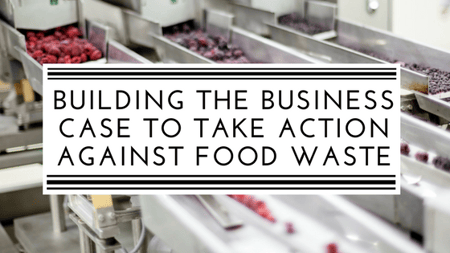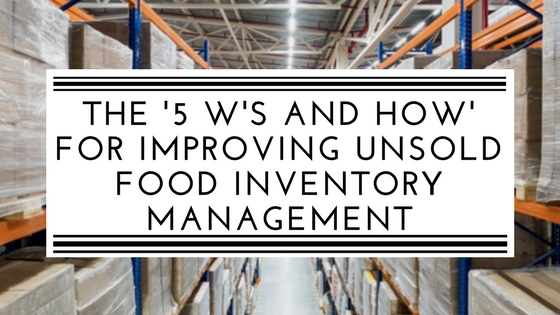
Starting at a young age, many of us are introduced to the series of questions — Where, What, Who, How, When, and Why? — that help one develop a complete story on a topic. Sometimes referred to as ‘The 5 W’s and How’, the familiar concept guides research initiatives for journalists, police officers, and school children alike.
To close out 2017, we took a look back to identify some recent content that answers these questions in the context of what we do best: improving the management of unsold food inventory and organic waste. In addition to the content below, Spoiler Alert has developed a series of one-page collateral documents to further build out and explain each concept. Let us know if you want access and we’ll send them your way.
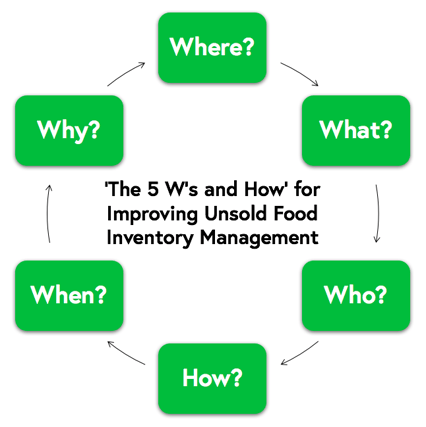
Where?
The generation of unsold food inventory and organic waste happens at virtually every touchpoint in the supply chain, from the farm to the end-retail destination. At Spoiler Alert, we tend to focus higher up — at the manufacturing, wholesale distribution, and retail grocer level — because it is these entities that have the ability to impact the greatest volume of food through their direct operations and supply chains.
Individual companies at each node of the supply chain will use different terms to classify unsold product as it moves through their facilities, and this in turn impacts how that product is managed. To effectively manage unsold inventory in a manner that recovers value and reduces the volume of waste sent to landfill, it is important to have a mutually understood definition of such terms within a company.
What?
At food manufacturers, wholesale distributors, and retail grocers, food waste occurs when unsold inventory is sent to the landfill or other outlets whereby its value is greatly diminished. Circumstances that lead to unsold inventory are often outside a company’s control (e.g., extreme weather, customer demand fluctuation, warehouse damages), making the complete elimination of unsold product difficult. The thing is, these food products are usually safe and edible, just lacking a market. Consequently, it is important to recognize that not all unsold inventory is unsaleable and that not all unsaleable product or byproduct needs to end up as waste.
How businesses go about managing unsold inventory greatly impacts their ability to capture value from these products and reduce the volume of food sent to landfill. At Spoiler Alert, we believe a holistic food waste management strategy is the most effective and impactful solution, and implementing one requires tangible operational and financial data.
Who?
Before taking action, it is necessary to identify who to engage. In our experience, four internal stakeholders play key roles when strategizing around unsold inventory management: Operations, Sustainability, Merchandising, and Finance.
There is a lot of information that must be collected before implementing an effective management program for unsold product (e.g., product type; root cause analysis; opportunities to recover financial value). It is impractical to think a single department will have all the answers, nor will the same operating metrics or company objectives motivate individual performance. Therefore, multi-department collaboration and stakeholder alignment are required to create the most effective outcome.
How?
At Spoiler Alert, we’re firm in our belief that a better understanding of data enables major food businesses to improve unsold inventory management and build a business case for waste reduction. Food businesses have options to collect data on unsold inventory and food waste, which differ in terms of purpose, accuracy, completeness, continuity, and level of investment required. For this reason, businesses can leverage multiple solutions to collect data and inform different phases of a food waste reduction initiative.
The maturity of a food company’s waste reduction program, coupled with its size and scale, will be helpful factors in determining the most appropriate and effective solution. Regardless, it is key to identify and use a consistent, credible data collection strategy that provides the actionable insights to promote progress towards goals.
When?
Food business executives are constantly juggling numerous priorities to keep their company afloat. In this environment, initiatives like operational improvements can get lost in the shuffle, especially when current systems aren’t considered ‘broken’. Yet this mindset is misleading when it takes away the ability to identify and appreciate opportunities that improved processes can create for a company. For food manufacturers, wholesale distributors, and retail grocers, a prime example comes from how unsold inventory is managed.
When unsold inventory and organic waste streams are managed effectively, food businesses can improve operational efficiency, reduce shrink and waste disposal fees, and enhance corporate image. And recent regulatory, customer, and technology trends have made these benefits even more accessible.
Why?
The ‘why’ in this case is simple: unsold food inventory and organic byproducts represent an opportunity to create value and impact the bottom line of food companies. When these products are considered ‘a cost of doing business’ or ‘waste’, their value is lost. Instead, companies can leverage three financial strategies that achieve measurable bottom line impact:
- Incremental revenue: Selling discounted product to liquidators and in secondary markets supports top line revenue goals
- Reduced disposal costs: Decreasing the volume and frequency of product sent for disposal translates into lower operating costs
- Enhanced tax deductions: Donated food is eligible for additional tax deductions equal to 50% of a product’s gross margin (beyond normal write-off)
There are factors (such as availability of outlets or the corporate tax rate) that will influence how significant a financial impact might be. Our goal is to show that effective food waste management can and does impact a company’s bottom line and profit margins.
Looking towards 2018
With the new year around the corner, it is an ideal time to step back and reflect on what can be done better in the next twelve months. For food manufacturers, wholesale distributors, and retail grocers, improving the management of unsold inventory and organic waste streams can be a massive opportunity to drive company-wide operational and financial benefits.
To find out the opportunity improved unsold inventory management holds for your business, or for additional resources on the concepts described above, get in touch today.
.png?width=250&name=SpoilerAlert_WhiteLogo_LeftStacked%20(7).png)
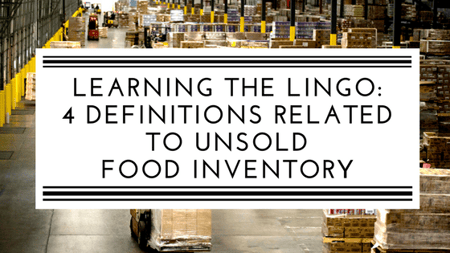
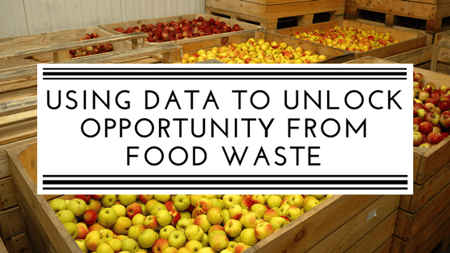
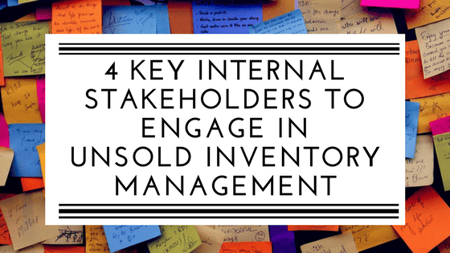
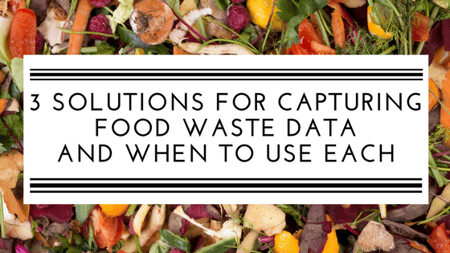
.png?width=450&name=4%20reasons%20why%20now%20is%20the%20time%20to%20prioritize%20unsold%20inventory%20management%20(2).png)
